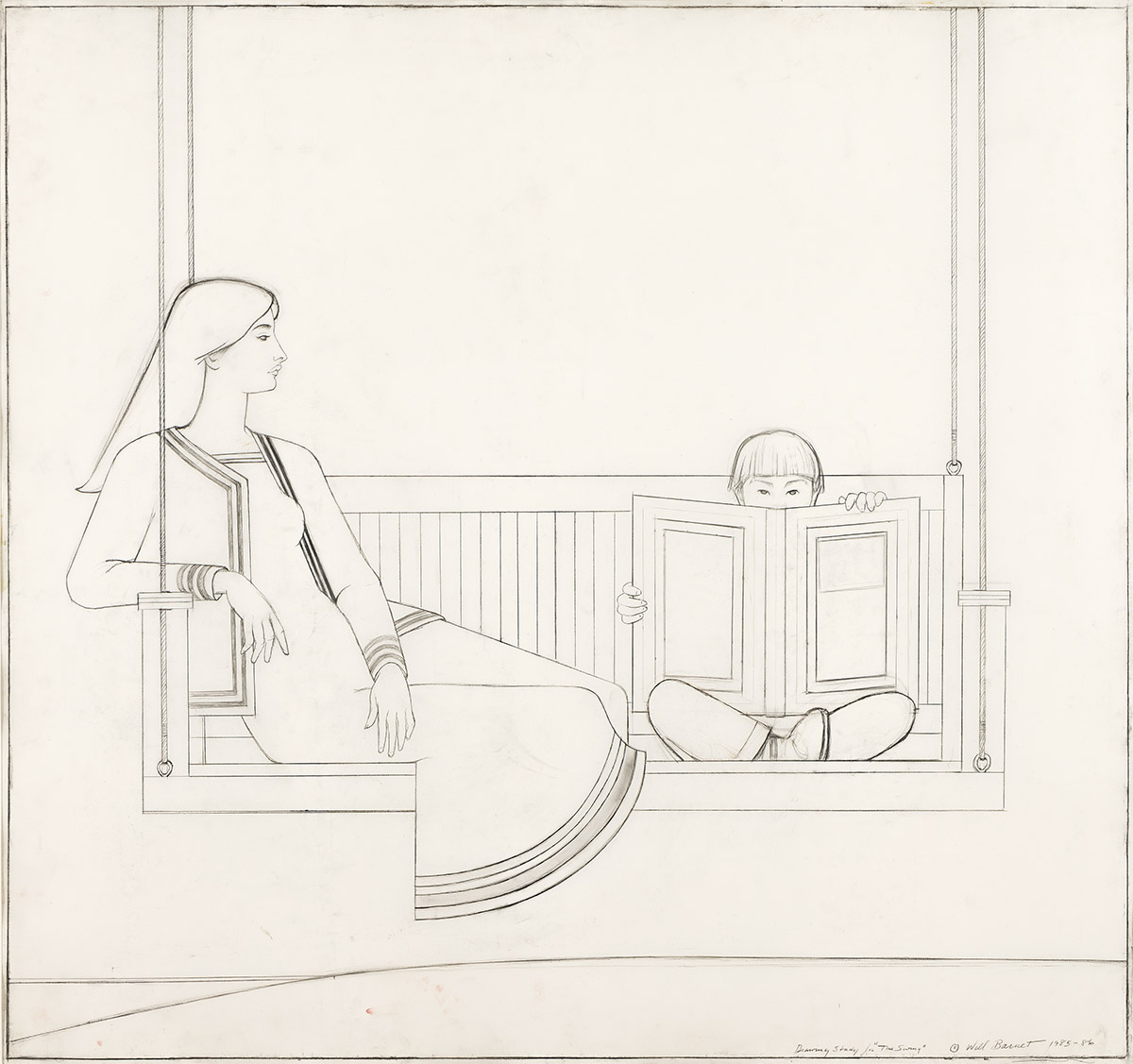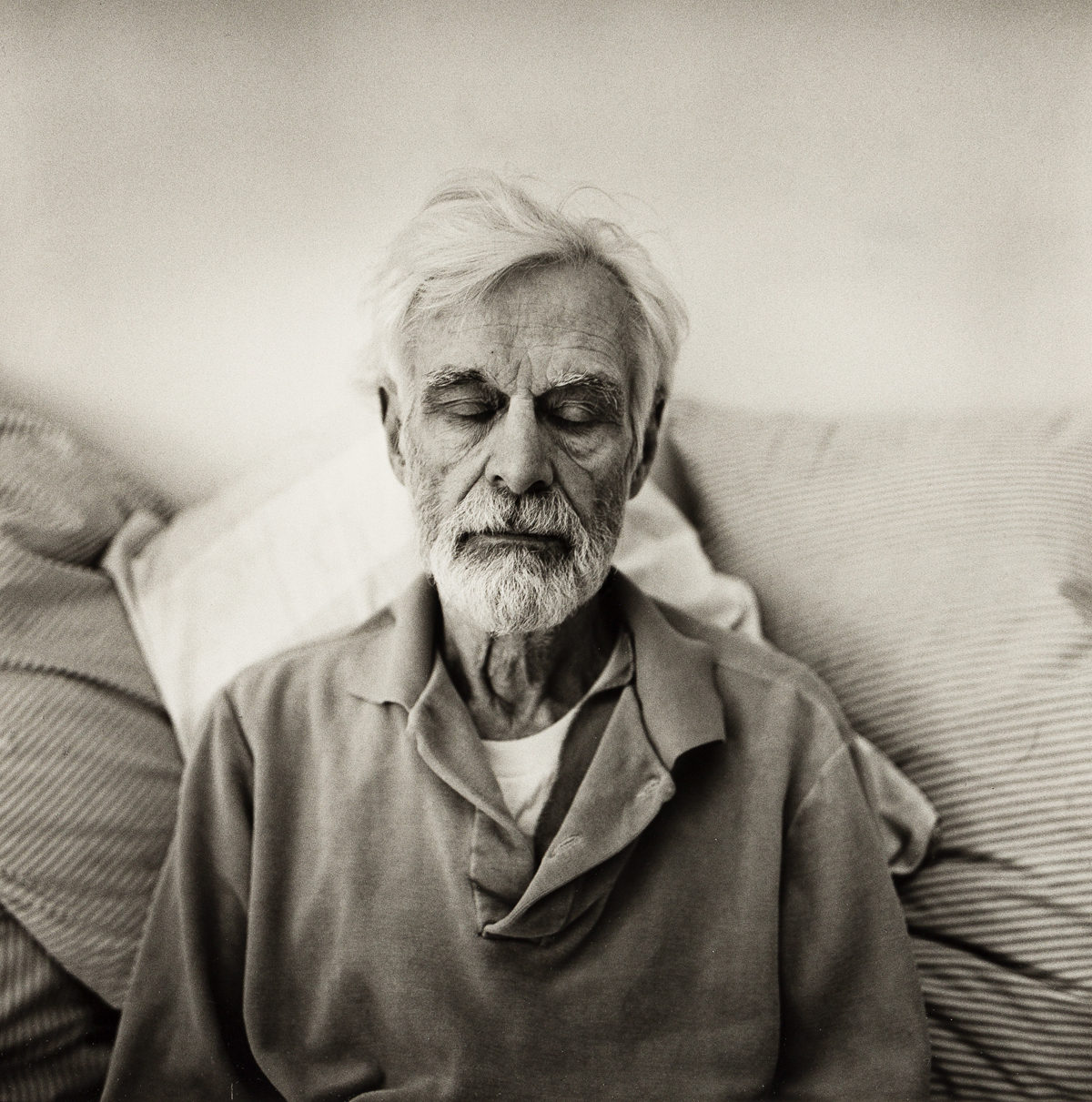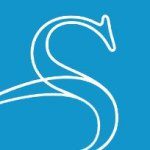Artist Profile: Nelson Stevens
I create from the rhythmic color-rappin’-lifestyle of Black folk. I believe that art can breathe life, and life is what we are about. — Nelson Stevens
Early Life
Born in Bedford-Stuyvesant, Brooklyn, NY, Nelson Stevens received his BFA in painting from Ohio University, Athens, OH; then pursued an MFA in 1969 at Kent State University in Kent, OH. After earning his Bachelor of Fine Art, Stevens became a middle school art teacher in Cleveland, Ohio, while simultaneously teaching at the Karamu House. The Cleveland Board of Education later placed him at the Cleveland Museum of Art. Afterward, Stevens was hired as an Assistant Professor of Art at Northern Illinois University, where he taught from 1969 to 1971.
AfriCOBRA Exhibitions

In 1969, Stevens met Jeff Donaldson and David Driskell at the College Art Association conference. Soon after, he moved to continue teaching in Chicago and was invited to join the newly formed art collective AfriCOBRA (African Commune of Bad Relevant Artists). Chicago artists Jeff Donaldson, Jae Jarrell, Wadsworth Jarrell, Barbara Jones-Hogu, and Gerald Williams co-founded the group. The philosophical mission of AfriCOBRA was to create images committed to a sublime expression of the African diaspora that would be identified by and reflected on by all Black people. The aesthetic principles of AfriCOBRA, laid forth by Jeff Donaldson and the founding members in the AfriCOBRA manifesto, adhered to the ideals of bright colors, the human figure, lost and found line, lettering, and images, which identified the social, economic, and political conditions of African Americans. Donaldson stated they wanted “specific visual qualities intrinsic to our ethnic group.”

Nelson Stevens’s artwork was featured in AfriCOBRA and AfriCOBRA II at the Studio Museum in Harlem in 1970 and 1971. Figurative and abstract in form, Jihad Nation, 1970, symbolizes the connective threads between Africa and the diaspora. It was exhibited in AfriCobra 1: Ten in Search of a Nation, The Studio Museum in Harlem, New York, June 21 – August 30, 1970. It later traveled to the Museum of the National Center of Afro-American Arts, Boston, and the Black Expo, Chicago.

Vibrant in color and commanding in message, Yes, We Will was exhibited in AfriCOBRA III, Howard University Gallery of Art, Howard University, Washington, DC (Cat. #26), April 1973, at University Art Gallery, University of Massachusetts, Amherst, September 1973, and Levels and Degrees: Paintings and Drawings by James Phillips and Nelson Stevens., the Carl Van Vechten Gallery, Fisk University, Nashville, TN, 1974 (Cat. #12).
AfriCOBRA’s participation in the Second World Black and African Festival of Arts and Culture (FESTAC 77′) led to the trans-African legacy of the movement. Held in Lagos, Nigeria, FESTAC brought together diasporic artists and thinkers from the performing, visual, and literary arts. A transformative event for Stevens, it introduced him to creatives across the diaspora, including Afrobeat father Fela Kuti, who revered his artwork and its Pan-African message. Stevens, who held in high esteem Jomo Kenyatta and Patrice Lumumba, was attuned to the African independence movement of the 1950s-75.
Solo Exhibitions
Stevens’s teaching career continued in 1972 at the University of Massachusetts, Amherst, where he was first an associate professor and then Professor of Art in the Departments of Art and African American Studies, where he remained until his retirement. He was given his first solo exhibition at Fisk University Herbert F. Johnson Museum by David Driskell, and his work was included in exhibitions at the Boston Museum of Fine Arts, Art Institute of Chicago, Cleveland Museum of Art, and others.

Uhuru, a Swahili term, political movement, and concept, was a repeated theme and subject in Stevens’s body of work. Translated as freedom, he interlaced his prints and paintings with the text subjectively, as referenced in the AfriCOBRA manifesto. He used the term to signal the collective’s Afrocentric identity and politically conscious purpose.

Uhuru – Nina, 1978, is a striking portrayal of singer and activist Nina Simone. Stevens told the painting owners that in this work, he painted the inspiration of Nina Simone and her spirit rather than her portrait. In her call for freedom and justice, Simone, an outspoken activist, said famously, “I’ll tell you what freedom is to me. No fear!” The great singer and songwriter was a Civil Rights activist who spoke out against racism and social and political injustice throughout the 1960s and 70s.
Murals
Throughout the 1970s-80s, his mural practice included 30-plus public murals across Massachusetts, but many have been lost. Wall of Black Music and Tribute to Black Women – were recreated in 2022. Work to Unify African People, originally executed in Boston in 1973, was in parallel to Dana Chandler’s mural, Knowledge is Power, so Stay in School. Other murals include Centennial Vision, Tuskegee University, 1980, a mural at the United Community Construction Workers Labor Temple in Roxbury, MA (1973), and a mural in the Tuskegee University administration building (1979-80).

Current Exhibitions
Stevens’s artwork was included in the important traveling museum exhibition Soul of a Nation: Art in the Age of Black Power, organized by Tate Modern, London. The exhibition traveled to multiple institutions in the United States, including the Crystal Bridges Museum of American Art, Brooklyn Museum, the de Young, and The Broad. AfriCOBRA: Nation Time, a collateral event of the 58th Biennale di Venezia held at the Palazzo of Ca’Faccanon raised global awareness of the movement and functioned as a second chapter of AfriCOBRA: Messages to the People, which premiered in 2018 at the Museum of Contemporary Art, North Miami. Works by Nelson Stevens are in many institutional collections, including the Art Institute of Chicago, the Brooklyn Museum, and the National Museum of African American History and Culture.















![Grace Meschery-McCormack shares about two copies of Fernando de Rojas’s ‘La Célestine,’ including a limited edition copy illustrated by Pablo Picasso.
At auction April 22. Learn more about the works at the link in our bio.
#Rarebooks #rarebookdealer #antiquarianbooks #auctions
_______________________________________
Music Credit:
Schubert - Piano Quintet in A major ‘The Trout’, D. 667 - IV. Andantino – Allegretto
Music provided by Classical Music Copyright Free on Youtube [https://tinyurl.com/visit-cmcf]
Watch: • Schubert - Piano Quintet in A major ‘...]](https://scontent-iad3-1.cdninstagram.com/v/t51.75761-15/491443494_18499096345036585_5935932878956098058_n.jpg?stp=dst-jpg_e35_tt6&_nc_cat=107&ccb=7-5&_nc_sid=18de74&_nc_ohc=Kjf2AzWLeY8Q7kNvwEQYrfY&_nc_oc=Adn_Uzi4Nwl1nHCsTtuLCIkthuYOWwKedtxovtcdMSYhpbHQGScR7QSzzN2rD0v-khE&_nc_zt=23&_nc_ht=scontent-iad3-1.cdninstagram.com&edm=AM6HXa8EAAAA&_nc_gid=3_Hhn103BLAebE8uccVxwA&oh=00_AfJk4sHxQAXJwEG9hKHTTCjKBskV2rHsdHk6t-UIcqoSpw&oe=6822CFD1)


